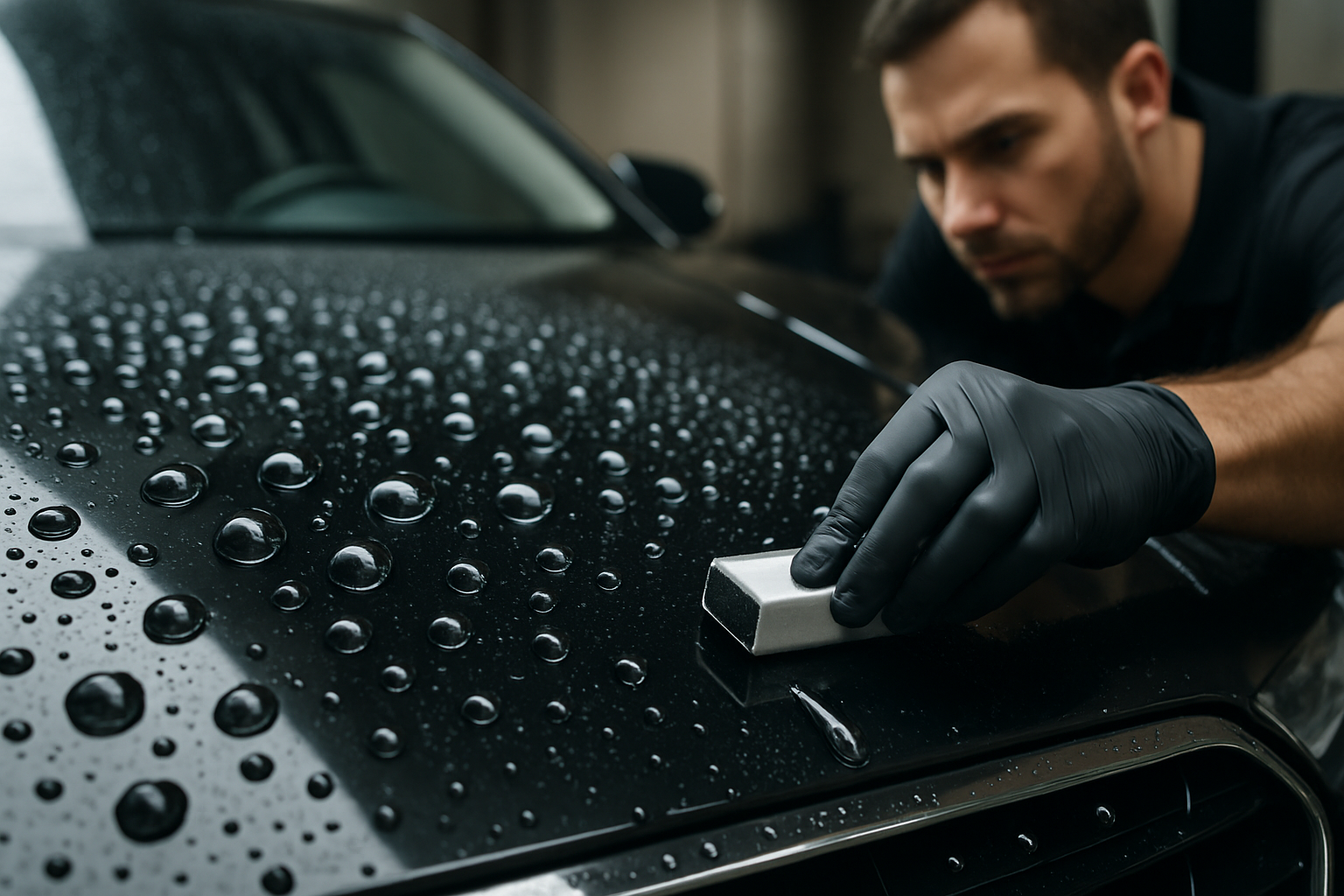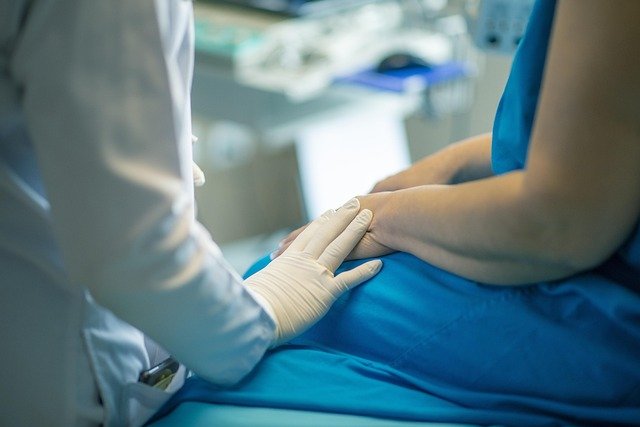Guide To Restoring Sun Faded Car Paint
Car paint exposed to sunlight over time may lose its shine and appear dull. Restoring sun-faded paint often involves cleaning, polishing, and protective treatments. Understanding these steps provides insight into how vehicle finishes can be refreshed and preserved.

Understanding Car Paint Oxidation and Its Effects
Oxidation is essentially a chemical reaction between oxygen and the paint’s components, accelerated by UV exposure. When car paint oxidizes, it loses its protective clear coat and begins breaking down at the molecular level. This process manifests in several ways: color fading (particularly noticeable in red, blue, and black vehicles), chalky residue that appears when you run your hand over the surface, and an overall loss of gloss and depth. The severity of oxidation typically progresses through stages, beginning with minor dulling and potentially advancing to complete paint failure where the color coat itself begins to deteriorate. Environmental factors such as intense sunlight, salt air exposure, and industrial pollutants can significantly accelerate this degradation process.
How to Assess the Level of Sun Damage on Your Vehicle
Before attempting any restoration work, it’s crucial to determine the extent of the damage. Minor oxidation typically appears as slight dulling with the paint still intact. Moderate damage shows more significant fading and a chalky residue when wiped. Severe oxidation exhibits extremely dull areas with rough texture and may include paint peeling or clear coat failure. To properly assess your vehicle, wash it thoroughly and examine the surface in direct sunlight. Try the “water beading test” – if water spreads out rather than forming beads on the paint, your protective wax and clear coat may be compromised. Another method is the “microfiber test” – gently wiping a clean microfiber cloth across the surface will pick up chalky residue if oxidation is present.
Essential Supplies for DIY Paint Restoration
Successful paint restoration requires proper tools and materials. For basic restoration, gather automotive soap specifically formulated for paint care, clay bar kits to remove embedded contaminants, automotive-grade polishing compounds of varying grits (fine, medium, and heavy depending on damage severity), quality microfiber towels that won’t scratch the surface, dual-action or orbital polisher (though hand application is possible for small areas), appropriate polishing pads for machine application, and high-quality automotive wax or sealant to protect your restored finish. For safety, also acquire nitrile gloves to protect your hands from chemicals, protective eyewear to shield against splatter, and consider a dust mask when working with compounds that create airborne particles. The quality of these supplies directly impacts your results, so invest in automotive-specific products rather than general-purpose alternatives.
Step-by-Step Process to Restore Sun Faded Car Paint
Begin the restoration process by washing your vehicle thoroughly with automotive soap to remove surface contaminants. Next, clay bar the entire surface to extract embedded particles that washing can’t remove – this creates a clean canvas for polishing. For light oxidation, start with a fine polishing compound; for moderate to severe cases, begin with a medium or heavy-cut compound before progressing to finer grits. Apply the compound in small sections using overlapping motions with your polisher set to manufacturer-recommended speeds (typically 1200-1800 RPM). Work methodically around the vehicle, being especially careful around edges and contours. After compounding, follow with a finer polish to refine the finish, then apply a high-quality wax or sealant to protect your restored paint. Allow sufficient curing time between steps and work in a shaded area to prevent premature drying of compounds. For severely damaged sections, you may need to repeat compounding steps with progressively finer materials until achieving desired results.
Protective Measures to Prevent Future UV Damage
After successfully restoring your car’s paint, implementing protective measures will extend the results. Apply high-quality automotive wax every three months or ceramic coating for longer-lasting protection (up to several years with proper maintenance). Park in shaded areas or garages whenever possible, and consider using a breathable, UV-resistant car cover when prolonged outdoor exposure is unavoidable. Regularly wash your vehicle to remove contaminants that can accelerate deterioration, particularly after exposure to bird droppings, tree sap, or industrial fallout which can permanently etch paint when left untreated. Window tinting helps reduce interior UV exposure, which benefits not only your dashboard and upholstery but also reduces ambient heat that can affect paint from the inside. Some detailing specialists recommend applying UV protectant sprays formulated specifically for automotive use as an additional defense against solar radiation.
Professional Restoration Options and Their Costs
For severely damaged paint or when DIY methods prove insufficient, professional restoration services offer comprehensive solutions with enhanced results. Professional detailers use industrial-grade compounds, professional buffing equipment, and specialized techniques that can address deeper oxidation issues.
| Service Level | Typical Procedures | Average Cost Range |
|---|---|---|
| Basic Paint Correction | Single-stage polishing, surface contaminant removal, basic wax | $150-$300 |
| Intermediate Restoration | Multi-stage polishing, deeper oxidation treatment, premium sealant | $300-$600 |
| Complete Paint Restoration | Wet sanding, multi-stage compounding, premium ceramic coating | $600-$1,500+ |
| Full Repaint (severe cases) | Surface preparation, primer application, base coat, clear coat | $1,000-$5,000+ |
Prices, rates, or cost estimates mentioned in this article are based on the latest available information but may change over time. Independent research is advised before making financial decisions.
Results from professional services typically last longer than DIY approaches, especially when including ceramic coating protection. Many detailers offer free consultations to assess damage and provide customized quotes based on your vehicle’s specific condition and size.
When to Consider Repainting Instead of Restoration
While restoration can work wonders on moderately damaged paint, some cases warrant consideration of repainting. If your vehicle shows signs of clear coat failure (peeling, flaking), deep scratches that expose primer, significant color coat damage, or uneven paint texture that doesn’t respond to polishing, restoration alone may provide disappointing results. Similarly, if multiple restoration attempts haven’t achieved satisfactory outcomes, or if large sections of your vehicle show vastly different levels of fading, a professional respray might be more cost-effective in the long run. Modern automotive paints have improved UV resistance compared to older formulations, making a quality repaint a potentially worthwhile investment for vehicles you plan to keep long-term.
Sun damage to car paint is largely preventable and often repairable with the right approach. Whether opting for DIY methods or professional services, addressing oxidation promptly prevents further deterioration and preserves your vehicle’s appearance and value. Regular maintenance with appropriate protective products remains the most effective strategy against future sun damage.




